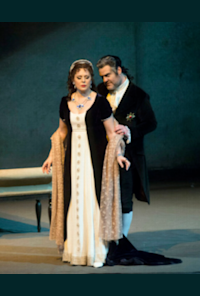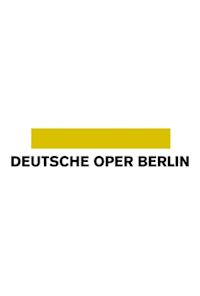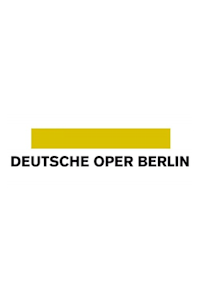The literary model for Puccini's “Torture Opera” (Oskar Bie) was provided by Victorien Sardou (1831–1908) with his successful play LA TOSCA, which premiered in Paris in 1887 with Sarah Bernhardt in the title role. After Puccini experienced the piece on a tour in Milan in 1889, he was immediately enthusiastic about the material. But the TOSCA plan remained in place for six years until Puccini, probably stimulated by another performance of the Sardou drama in Florence and by Luigi Illica's work on a TOSCA libretto for the composer Alberto Franchetti (1860–1942), became interested in the Finds substance. After a “conspiracy” between Puccini, Illica and Ricordi, the publisher succeeds in persuading Franchetti to give up his TOSCA project and giving Puccini the rights to set the music.
As in all of Puccini's operas, TOSCA shows how human attention and culinary pleasure can be mutually dependent when the composer's artistic intentions become the benchmark for interpretation. The outcry as well as the resignation are the essential conditions of the human attention Puccini: The compassion, which he composed, is not satisfied with abstract gestures, but aims at restlessness, at change. The "small things" that Puccini referred to as his subject with modern understatement become "big ones", if we only want them to. The connection between Puccini's choice of material, directly and indirectly influenced by the spirit of Zola, Hauptmann and Gorki, and his way of composing shows him to be both a successor to Verdi and a representative of verismo. As is well known, he was a great fan of Wagner, but anything but an epigone. Rather, he created a very personal connection out of some of the achievements of both. Using all the refinements of the harmony and all the differentiations of the instrumentation, he nevertheless released the voice from the orchestral interweaving and at the same time gave it a far more broken, sound-sensitive accompaniment in the orchestra than the radical laconic Verdi. This is also what the aesthetic theme of TOSCA stands for. The musical gesture is as brutal as it is tender, intelligent as well as sentimental, precise and dreamy. Puccini desperately wants to be true to life, exactness also of the musical details, social attention, the poetic sound of the seemingly everyday, the heroic with calculation, the contrast between committed passion and cool distance.
The police chief Scarpia, the singer Floria Tosca and the painter Cavaradossi claim freedom in every personal variant: as a dynamic-subjective claim to power (Scarpia), as a rebellious ethos aimed at change (Cavaradossi), as private, simple and at the same time limitless love (Tosca).
In a time of epochal upheaval, such attitudes gain exemplary relevance. Depending on how we understand ourselves and Puccini during this time, TOSCA remains a chilling romance or becomes a warning sign of the topic of “freedom”. In any case, each of the opposing partners pays for this love triangle with death. Your death does not claim a glory of salvation, but is bitter, terrible, and definitive.
Götz Friedrich's 1987 re-production of Boleslaw Barlog's straightforward staging from 1969, which is intent on scenic concreteness, takes Puccini's intentions at their word - the mutual dependency of human attention and culinary pleasure is inspired by the music as the starting point for the scenic interpretation.















